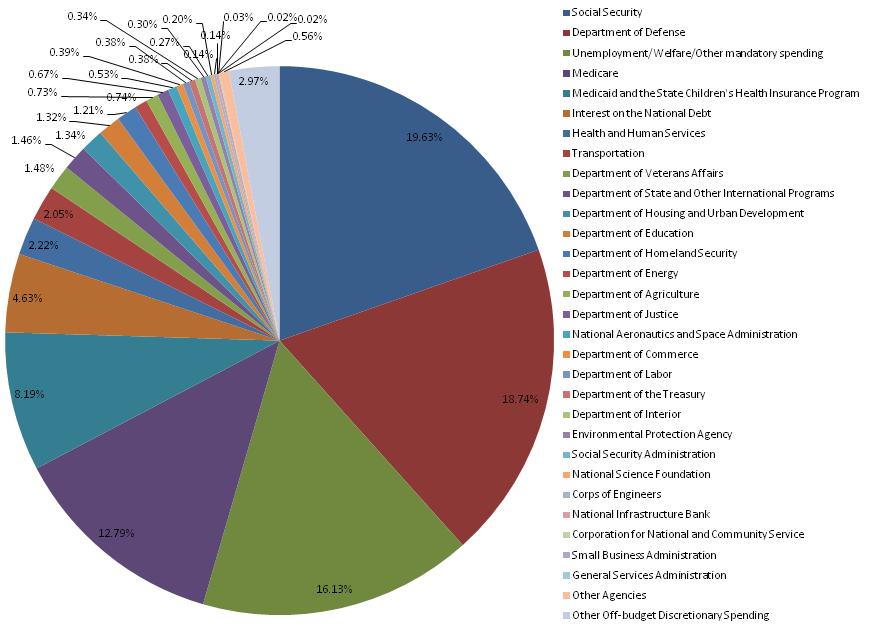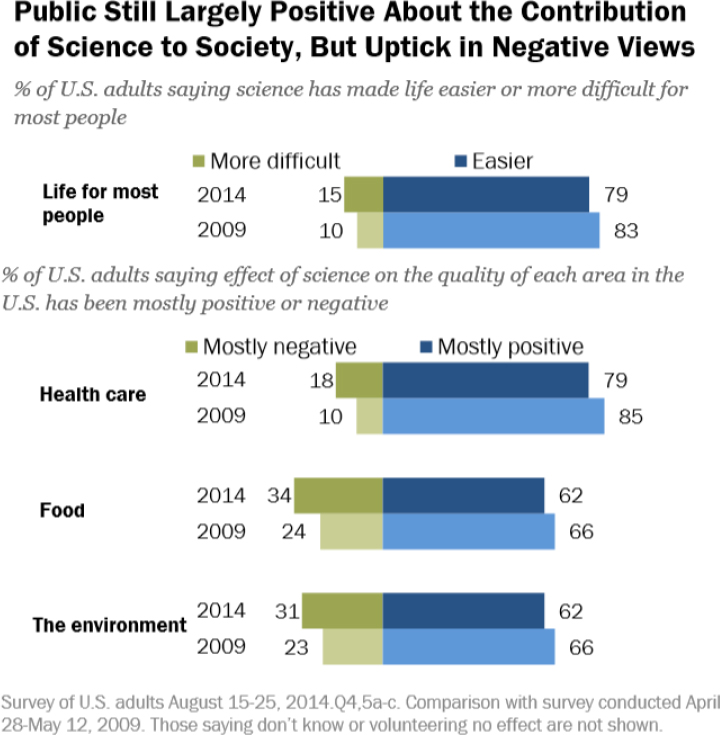When I visited Grand Tetons National Park this summer with my family, we took a float trip down Snake River, lazily admiring the view as the guide taught us about the surrounding environment. To our right, impossible to miss, were the Tetons themselves, a part of the Rocky Mountain Range, uniquely jutting out of an otherwise nearly flat environment. The difference in the elevation of the mountains and the surrounding environment is stark. The sheer size gives you a feeling of insignificance and the beauty threatens to take your breath away.
Through the slightly h azy air (due to a nearby forest fire), it was still easy to make out what is known as The Middle Teton Glacier, a white patch on the grey mountains. After pointing the glacier out, our guide explained that in the past 60 years, the glacier had shrunk by 25%. While glaciers are a relatively insignificant part of the beauty of this particular park, their retreat shows one of the many effects that climate change is having on National Parks.
azy air (due to a nearby forest fire), it was still easy to make out what is known as The Middle Teton Glacier, a white patch on the grey mountains. After pointing the glacier out, our guide explained that in the past 60 years, the glacier had shrunk by 25%. While glaciers are a relatively insignificant part of the beauty of this particular park, their retreat shows one of the many effects that climate change is having on National Parks.
In fact, climate change is threatening all of our country’s National Parks to varying degree, leading to the unfortunate truth that our National Parks are going to change. An article by Oliver Milman, an environmental reporter for The Guardian, explains what changes are occurring and how they are transforming parks. Milman highlights the shrinkage of glaciers, the increase of wildfires, and sea level rise as pressing issues for the maintenance of parks as we know them.
As climate changes, it is only to be expected that National Parks change too, with highly interdependent ecosystems struggling to adjust to single changes that have giant impacts. Glaciers are melting across the US, affecting parks ranging from the Grand Tetons to Yosemite to Glacier National Park itself. It is hard to imagine exactly what to do with a park named for its glaciers, when those glaciers are likely going to disappear by the middle of the century. In the Everglades, rising sea levels bring rising levels of salt to the marsh, threatening the lives of various species of plants and animals. Wildfire season is expanding, shorter winters are causing an increased threat to plants from bugs whose populations remain stronger even through the colder months, and warmer weather is pushing certain species of plants and animals up to higher elevations. Certain parks, such as Glacier National Park and Joshua Tree National Park, see a high level of threat to the very objects the parks are named after.

These changes are significant and multi-dimensional. One single change can spread across an entire food chain, and the changes caused by the climate aren’t small. Even if emissions were cut back, the damage done to existing environments is unlikely to reverse, and with the Trump administration refusing to acknowledge climate change as a significant (or even existent) issue.
However, just because parks are changing, there will still be beauty in the nature that will exist in the future. An article for National Geographic by Michelle Nijhuis describes what the role of directors of these parks in adapting to change, maintaining traditional environments, and protecting threatened landscapes/species. Since first forming in 1916, the National Park Service’s mission has been to: “preserve unimpaired the natural and cultural resources and values of the national park system for the enjoyment, education, and inspiration of this and future generations.” (Source)
Michelle Nijhuis explores exactly what is meant by “unimpaired” in her article, “How the Parks of Tomorrow Will Be Different.” Originally, parks made the effort to keep landscapes the same as they had been historically, through actions such as preventing wildfires. As knowledge expanded, this mission changed to allow the environment to adapt on its own, through actions such as allowing wildfires to keep burning and reintroducing extinct wolf populations in Yellowstone in the hope that the ecosystem would be able to support itself.
Now, climate change is leading to a new question about the role of the National Park Service. Historic landscapes are going to change, and the idea of simply letting parks be does not seem like the proper solution. A consensus has not quite been reached, but park rangers are attempting to mitigate damage to certain species by transporting them to more favorable environments with warming weather.
Climate change poses a significant danger to parks, but it does not mean the end of beauty of nature. While these parks are changing, both nature and park rangers are making an effort at resilience. Even if Glacier National Park no longer includes glaciers, it will still be home to magnificent mountains and stargazing.





